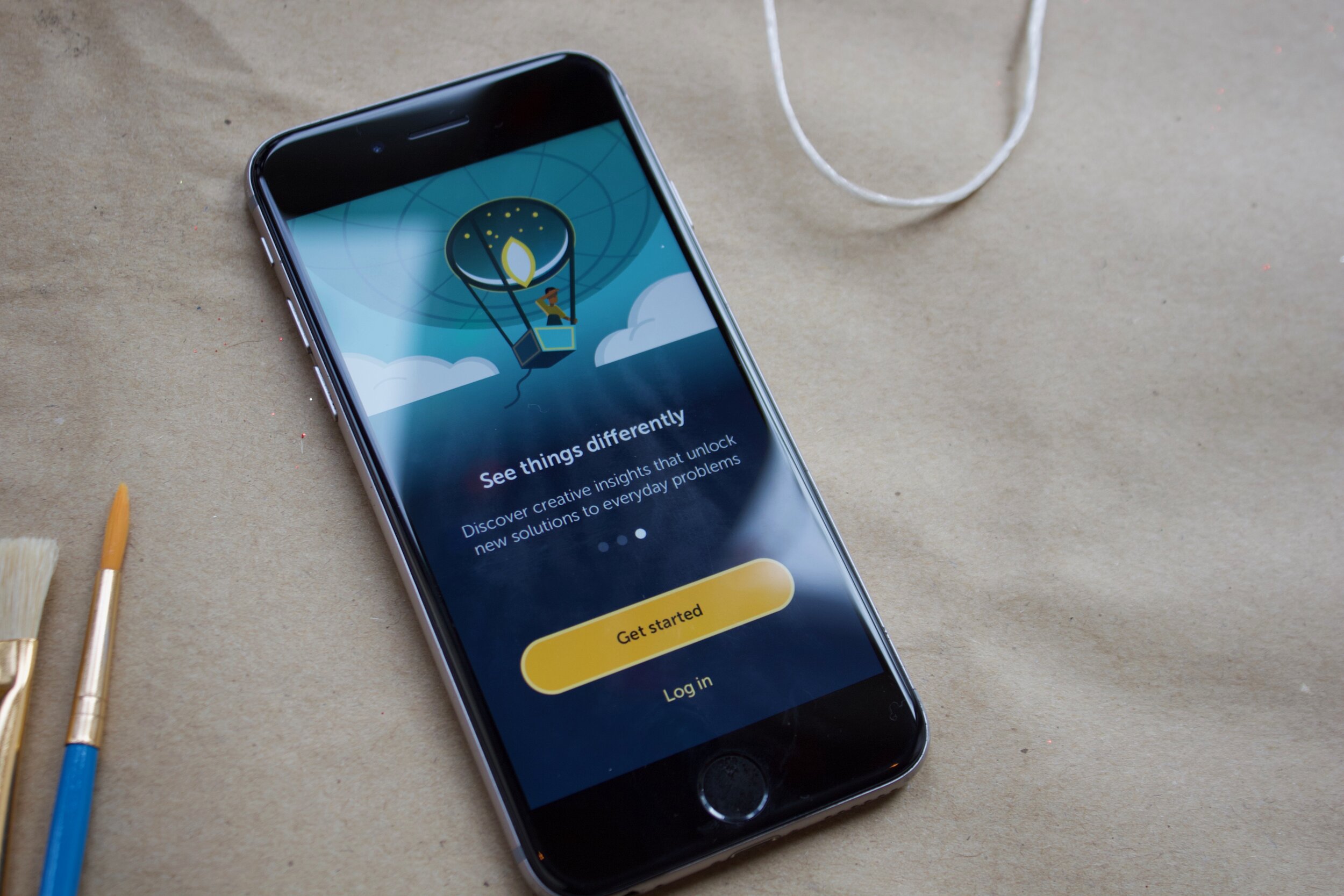MÓNICO CHÁVEZ
Games • Apps • Illustration • About
Creativity! by Lumosity started in 2017 as an experimental prototype, hacked together by a single developer and myself. We took a few weeks to initially prototype in Unity, creating interactive experiences in music, drawing, coloring, writing, composition — designed to make you think creativity and be a boost in your day.
“This opened possibilities that I didn’t think were possible. I’m seeing how creative people can be with the same prompt and what I can learn from others.”
“I know nothing about music. It was surprisingly easy to make good sounding music on top of the basic beat.”
“Yoga for the mind”
Understanding the user
While this app shares traits with other Lumosity products (Brain Training and Mindfulness), based on marketing segmentation research and user interviews, we recognized this as a fairly differentiated set of users. We targeted a subset of people who already had an existing creative practice and busy or stressful schedules.
Prototyping and the science
While users enjoyed the activities in the prototype, they didn’t understand how creativity was connected to their everyday lives or how these specific activities translated to creative training. Rapid prototyping, on-site playtesting and online survey sessions narrowed our focus even more to an app that expanded people’s creative confidence as the main goal. Communicating the story of creative confidence was key to giving context to the activities — encouraging users to think more about process rather than results.
“Creative confidence is the notion that you have big ideas, and that you have the ability to act on them.”
— David Kelley, Founder, IDEO
Creativity! by Lumosity was green-lit as a full fledged product in 2019 and is currently in development — being tested in markets outside the US. Some takeaways from the Creativity design progress:
1
Use qualitative feedback to verify designs and mocks
The rougher the mocks, the better. As long as they are clear enough for the user to tell what is going on, valuable lessons can be learned before venturing too far into production.
2
Always keep the user at the heart of the design process
Human-centered design is key! Weigh each decision against the needs of the primary personas for the product. Just as personas are refined over time, so should we continually seek to narrow our focus in defining the problem space.
3
Let live data guide design decisions
Seek to validate your assumptions and don’t get discouraged when the data doesn’t provide a clear answer. Return to the core user, qualitative feedback, and reframe the problem.











